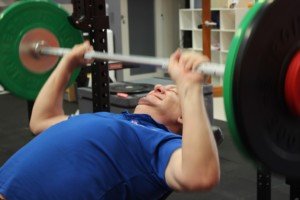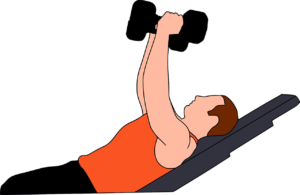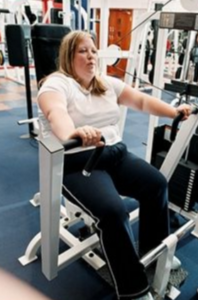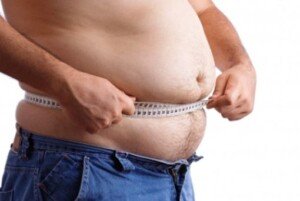Before scheduling surgery for your diagnosed knee osteoarthritis, see what happens when you lose weight.
Obesity is a major risk factor for knee osteoarthritis.
Losing weight is truly a simple solution for osteoarthritis of the knee, say researchers who presented their findings at the Feb. 19, 2011 American Orthopaedic Society for Sports Medicine’s Specialty Day program.
The report explains that obese subjects with early-onset osteoarthritis in their knees, who lost weight via bariatric surgery, greatly reduced their knee pain and stiffness, and improved function.
The average weight lost was 57 pounds within the first six months of the surgery.
Diet and Exercise Rather than Surgery
Though these findings involved surgical weight loss patients, weight loss need not be accomplished via surgery in order to provide tremendous relief from knee osteoarthritis.
As far as stress on the knee goes, weight loss is weight loss, and the point here is that losing pounds is a powerful tool for managing osteoarthritis of the knee.
How the Study Was Done
For this study, 24 obese people were involved, age 30-67, with diagnosed knee osteoarthritis.
All had bariatric surgery to lose fat, then were followed up six and 12 months later.
The paper says that each subject had some improvement in their knee pain from losing weight.
These findings support the idea that simply losing weight will significantly improve osteoarthritis of the knee.
Knee osteoarthritis certainly impedes the ability to lose weight, though, because it hinders exercise.
Nevertheless, ask your doctor if aerobic activity — that doesn’t aggravage your knee pain such as pedaling an elliptical machine — is acceptable.
In addition, you can do upper body resistance workouts for inciting fat loss.
Do what you can with your lower body (as long as your orthopedic physician has not restricted you), but really fire up the upper body workouts.
Upper Body Workouts for Weight Loss
The following upper body exercises will trigger overall weight loss: lat pull-downs, seated rows, flat bench press, incline bench press, flat dumbbell press, incline dumbbell press and horizontal machine chest press.
Below are images depicting some of these exercises.

Shutterstock/CandyBox Images



Shutterstock/Aaron Amat

Shutterstock/Aaron Amat
These routines all have one thing in common: They are compound exercises, working several muscle groups at once.
The more muscles you work at once, the more potential for weight loss.
But don’t focus too much on isolation routines like the following: dumbbell kickbacks, dumbbell curls, lateral dumbbell lifts. These are fine, but only as an adjunct to your regimen.
Compound movements simply burn way more calories. Use a weight load that requires significant effort to complete 8-12 repetitions for maximal fat burning.
Don’t go through motions. Lift heavy, lift fiercely, and incite a “burn” throughout your upper body, and do this three times a week for 45 minutes.
You will lose a lot of weight if this program is supported with sensible eating habits.
- Limit drinking
- Limit processed and sugary foods like baked goods, luncheon meats, boxed pasta mixes, pastries, waffles, soda, munchies, hot dogs, etc.












